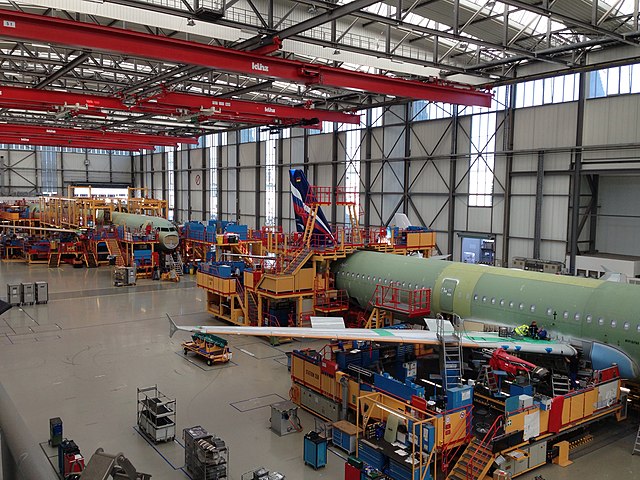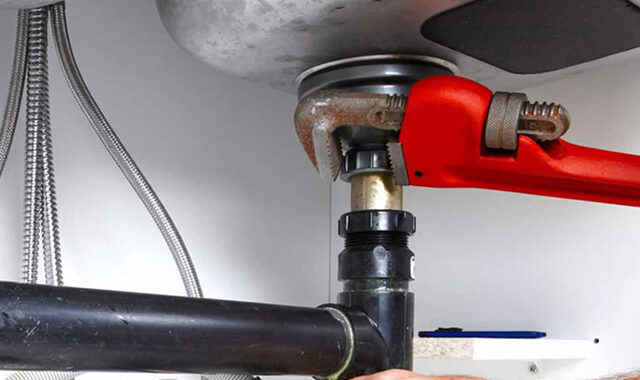Sustainable Manufacturing Practices

In an era dominated by environmental concerns, sustainable manufacturing practices have emerged as a beacon of hope for a greener future. As industries grapple with their environmental footprint, the adoption of sustainable manufacturing becomes imperative. This article delves into the key principles and benefits of sustainable manufacturing, paving the way for a more eco-friendly industrial landscape.
Understanding Sustainable Manufacturing
Sustainable manufacturing involves the integration of environmentally friendly processes, materials, and energy sources into the production cycle. The aim is to reduce waste, minimize resource consumption, and lower greenhouse gas emissions. This holistic approach considers the entire lifecycle of a product, from raw material extraction to disposal, ensuring a minimal impact on the environment.
Key Principles
- Resource Efficiency: Utilizing resources judiciously to minimize waste and enhance efficiency.
- Renewable Energy: Incorporating renewable energy sources to power manufacturing processes.
- Circular Economy: Promoting the reuse and recycling of materials to reduce the overall environmental impact.
Benefits of Sustainable Manufacturing
1. Environmental Conservation
Sustainable manufacturing significantly reduces the environmental impact of industrial activities. By employing eco-friendly practices, companies can decrease air and water pollution, conserve energy, and preserve biodiversity. This, in turn, contributes to the global effort to combat climate change and protect natural ecosystems.
2. Cost Savings
Contrary to the misconception that sustainable practices incur higher costs, adopting eco-friendly manufacturing can lead to substantial long-term savings. Efficiencies gained through reduced resource consumption and waste generation often result in lower production costs and enhanced competitiveness in the market.
3. Positive Brand Image
Consumers today are increasingly eco-conscious and prefer products from companies that prioritize sustainability. Embracing sustainable manufacturing practices not only attracts environmentally conscious customers but also enhances brand reputation. This positive image can translate into increased customer loyalty and trust. If you are seeking a source of inspiration and guidance about manufacturing, visit MTM Hydro for further info.

Real-world Examples
1. Tesla’s Sustainable Production
Tesla, a pioneer in sustainable manufacturing, incorporates renewable energy sources in its production facilities. Solar panels and energy-efficient processes contribute to the company’s commitment to minimizing its carbon footprint.
2. Patagonia’s Circular Economy Model
Clothing brand Patagonia embraces a circular economy model, encouraging customers to return worn-out garments for recycling. This approach reduces textile waste and promotes a closed-loop system, aligning with sustainable manufacturing principles.
The Road Ahead
As we stand at the crossroads of industrial progress and environmental responsibility, the importance of sustainable manufacturing cannot be overstated. Governments, businesses, and consumers must collaborate to drive the adoption of eco-friendly practices, ensuring a harmonious coexistence between industry and the planet.
Conclusion
Sustainable manufacturing practices offer a roadmap to a greener and more sustainable future. By prioritizing environmental conservation, cost savings, and positive brand image, businesses can play a pivotal role in mitigating the impact of industrial activities on the planet. As we navigate the challenges of the 21st century, embracing sustainability in manufacturing is not just an option but a necessity.


 SEO for E-Commerce Platforms
SEO for E-Commerce Platforms  Air Conditioning Repairs You Should Know About
Air Conditioning Repairs You Should Know About  Sea Moss into Your Daily Meals
Sea Moss into Your Daily Meals  Data Storage for Personalized Medicine
Data Storage for Personalized Medicine  Tips for Maintaining Your Plumbing System
Tips for Maintaining Your Plumbing System  CBD in Managing Arthritis Symptoms
CBD in Managing Arthritis Symptoms